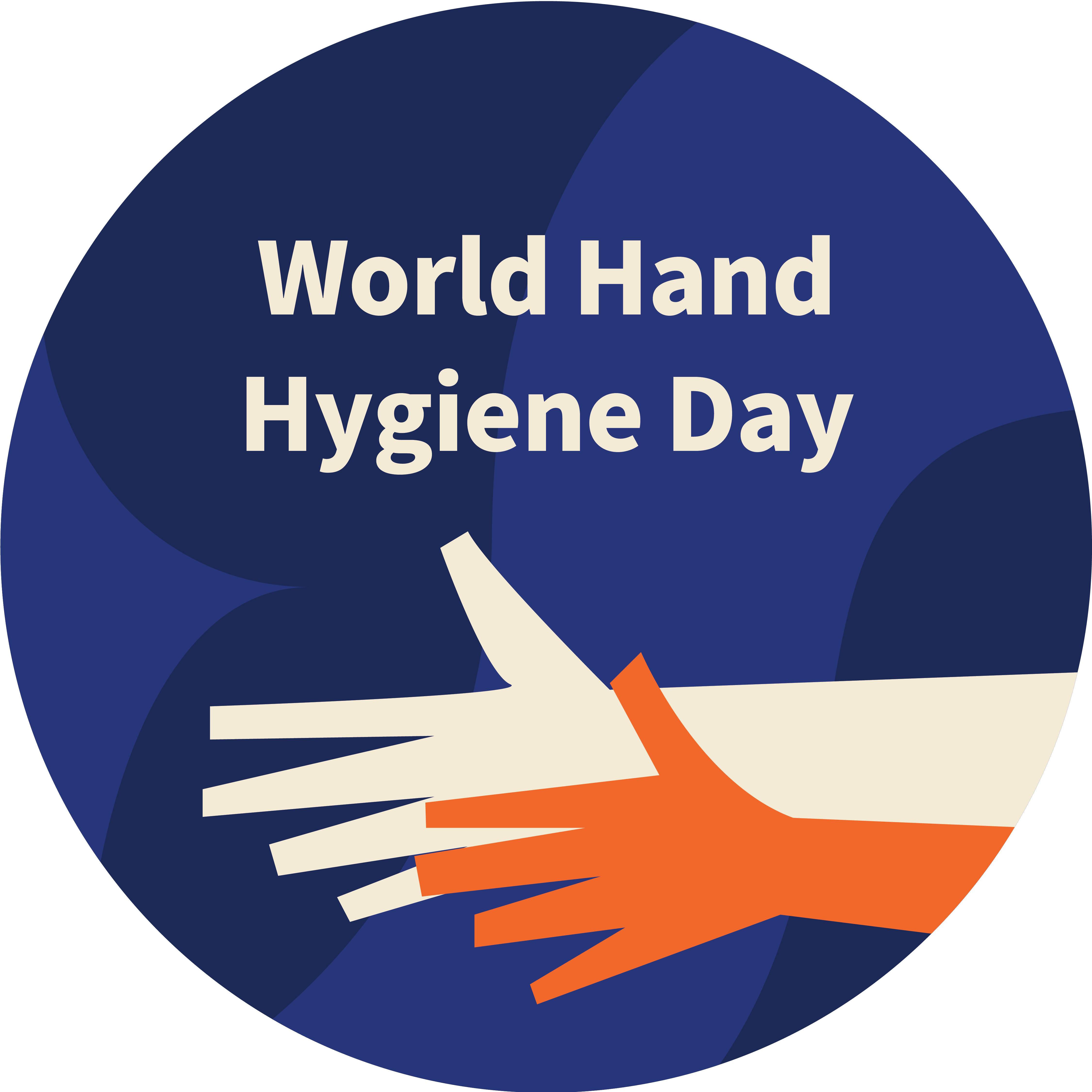‘Unite for safety – clean your hands’: the 5 May 2022 World Health Organization SAVE LIVES: Clean Your Hands campaign
DOI:
https://doi.org/10.3396/ijic.v18.22630Keywords:
hand hygiene, infection prevention and control, World Health Organization, healthcare-associated infection, public health, global health, safety climate, safety culture, organizational cultureDownloads
References
Lotfinejad N, Peters A, Tartari E, Fankhauser-Rodriguez C, Pires D, Pittet D. Hand hygiene in health care: 20 years of ongoing advances and perspectives. Lancet Infect Dis 2021; 21: e209–21. doi: 10.1016/S1473-3099(21)00383-2
Lambe KA, Lydon S, Madden C, Vellinga A, Hehir A, Walsh M, et al. Hand hygiene compliance in the ICU: a systematic review. Crit Care Med 2020: 1251–7. doi: 10.1097/CCM.0000000000003868
Vikke HS, Vittinghus S, Giebner M, Kolmos HJ, Smith K, Castrén M, et al. Compliance with hand hygiene in emergency medical services: an international observational study. Emerg Med J 2019; 36: 171–5. doi: 10.1136/emermed-2018-207872
Allegranzi B, Gayet-Ageron A, Damani N, Bengaly L, Mclaws M-L, Moro M-L, et al. Global implementation of WHO’s multimodal strategy for improvement of hand hygiene: a quasi-experimental study. Lancet Infect Dis 2013; 13: 843–51. doi: 10.1016/S1473-3099(13)70163-4
Hessels AJ, Larson EL. Relationship between patient safety climate and standard precaution adherence: a systematic review of the literature. J Hosp Infect 2016; 92: 349–62. doi: 10.1016/j.jhin.2015.08.023.
van Buijtene A, Foster D. Does a hospital culture influence adherence to infection prevention and control and rates of healthcare associated infection? A literature review. J Infect Prev 2019; 20: 5–17. doi: 10.1177/1757177418805833
Wolfe JD, Domenico HJ, Hickson GB, Wang D, Dubree M, Feistritzer N, et al. Characteristics of inpatient units associated with sustained hand hygiene compliance. Journal of Patient Safety. 2021 Dec 1; 17(8): e1272–7. doi: 10.1097/pts.0000000000000488
Caris MG, Kamphuis PGA, Dekker M, De Bruijne MC, Van Agtmael MA, Vandenbroucke-Grauls CMJE. Patient safety culture and the ability to improve: a proof of concept study on hand hygiene. Infect Control Hosp Epidemiol 2017; 38: 1277–83. doi: 10.1017/ice.2017.209
Daugherty EL, Paine LA, Maragakis LL, Sexton JB, Rand CS. Safety culture and hand hygiene: linking attitudes to behavior. Infect Control Hosp Epidemiol 2012; 33: 1280–2. doi: 10.1086/668432
Larson EL, Early E, Cloonan P, Sugrue S, Parides M. An organizational climate intervention associated with increased handwashing and decreased nosocomial infections. Behav Med 2000; 26: 14–22. doi: 10.1080/08964280009595749
Weaver S, Lubomksi L, Wilson R, Pfoh E, Martinez K, Dy S. Annals of internal medicine supplement promoting a culture of safety as a patient safety strategy. Ann Intern Med 2013; 158: 369–74. doi: 10.7326/0003-4819-158-5-201303051-00002
Singer SJ, Vogus TJ. Reducing hospital errors: interventions that build safety culture. Annu Rev Public Health 2013; 34: 373–96. doi: 10.1146/annurev-publhealth-031912-114439
Borg MA, Waisfisz B, Frank U. Quantitative assessment of organizational culture within hospitals and its relevance to infection prevention and control strategies. J Hosp Infect 2015; 90: 75–7. doi: 10.1016/j.jhin.2014.12.015
Pronovost P. Interventions to decrease catheter-related bloodstream infections in the ICU: the keystone intensive care unit project. Am J Infect Control 2008; 36: S171.e1–e5. doi: 10.1016/j.ajic.2008.10.008
Weaver SJ, Weeks K, Pham JC, Pronovost PJ. On the CUSP: stop BSI: evaluating the relationship between central line-associated bloodstream infection rate and patient safety climate profile. Am J Infect Control 2014; 42: S203–8. doi: 10.1016/j.ajic.2014.05.020
World Health Organization. Hand hygiene self-assessment framework. 2010. Available from: https://www.who.int/gpsc/country_work/hhsa_framework_October_2010.pdf [cited 15 February 2022].
De Kraker MEA, Tartari E, Tomczyk S, Twyman A, Francioli LC, Cassini A, et al. Implementation of hand hygiene in health-care facilities : results from the WHO Hand Hygiene Self-Assessment Framework global survey 2019. Lancet Infect Dis 2022; 3099: 1–10. doi: 10.1016/S1473-3099(21)00618-6
Kilpatrick C, Tartari E, Gayet-Ageron A, Storr J, Tomczyk S, Allegranzi B, et al. Global hand hygiene improvement progress: two surveys using the WHO hand hygiene self-assessment framework. J Hosp Infect 2018; 100: 202–6. doi: 10.1016/j.jhin.2018.07.036
Schein EH. Organizational culture and leadership. 4th ed. Wiley: San Francisco, CA; 2010.
World Health Organization. WHO guidelines on hand hygiene in health care. Geneva: World Health Organization, Patient Safety; 2009. Available from: http://whqlibdoc.who.int/publications/2009/9789241597906_eng.pdf [cited 15 February 2022].

Published
How to Cite
Issue
Section
License
Authors retain copyright of their work, with first publication rights granted to IJIC. Read the full Copyright- and Licensing Statement.




